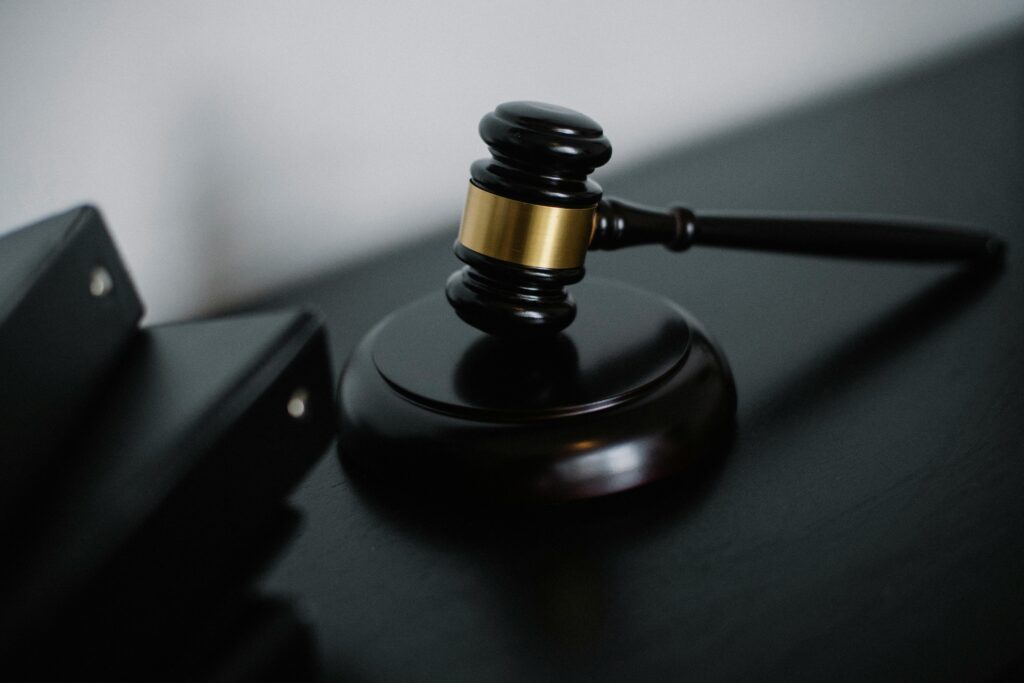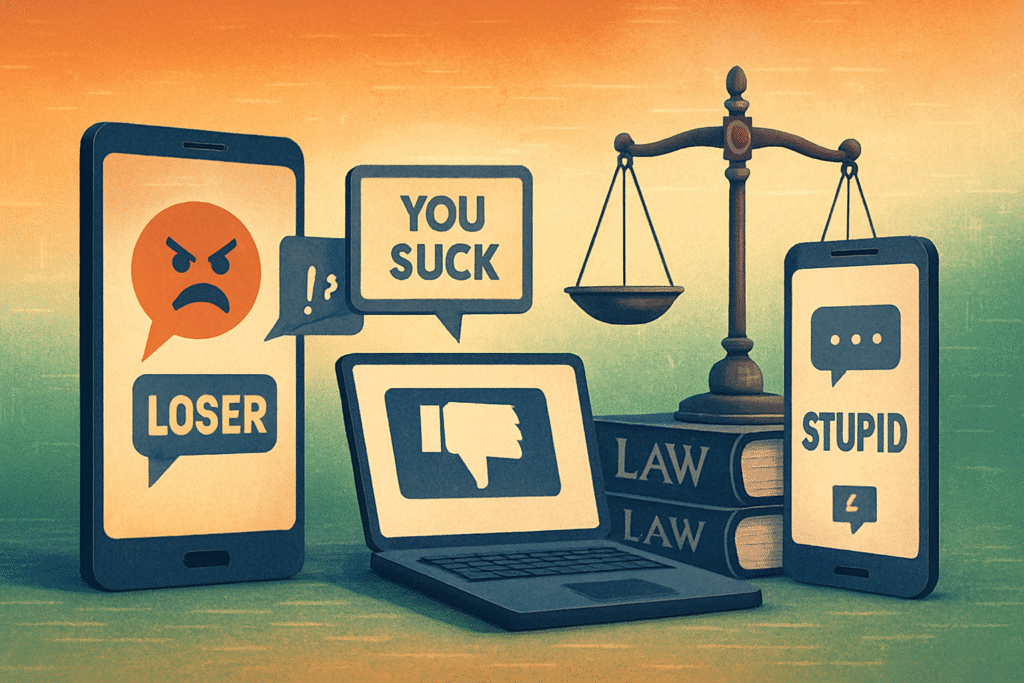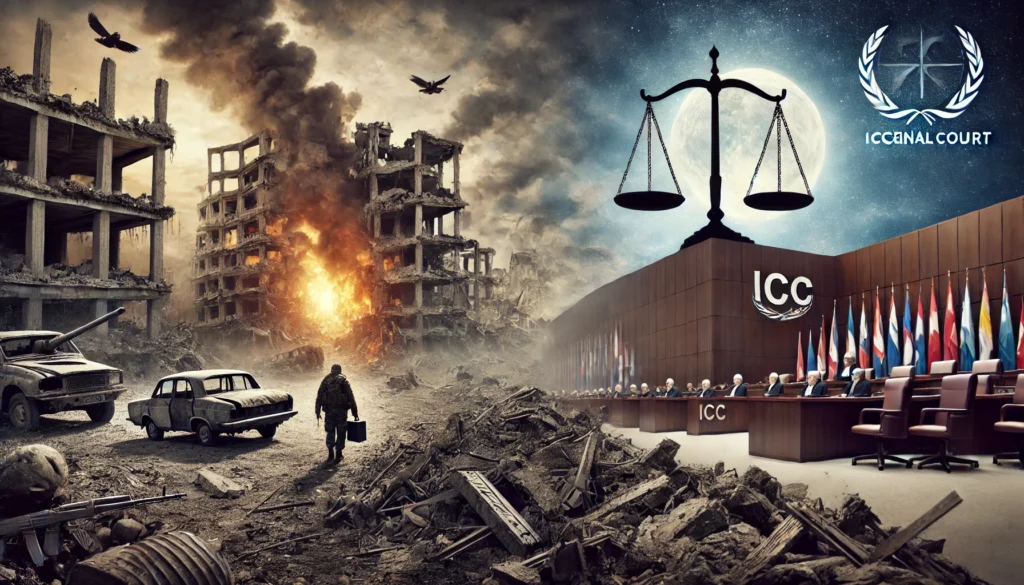Published on 1st July 2025
Authored By: Ankit Narendra Kumar Saxena
NGLC
JURISDICTION: SUPREME COURT CASE
CIVIL APPELLATE JURISDICTION
SLP (Civil) No. 2948-2949 of 2023
Decision date : 22nd April 2025
Overview of the Case
- The case is about the hospital being an applicant held responsible for vicarious liability by the Hon’ble Supreme Court of India for medical negligence. The liability was held for Rs. 5 lakhs with the additional compensatory liability of Rs. 15 Lakhs as derived by the National Consumers Dispute Redressal Commission, New Delhi (NCDRC). Additionally, this Rs. 15 lakh additional compensation was to be paid to the respondent with the interest so earned on depositing the said amount to the Hon’ble Court.
- The said compensation is more than the damage caused to the respondent is the applicant’s stand.
Key Legal Issues :
- The liability of Rs. 5 Lakhs is imposed on the Appellant No. 2 Dr. J VS Vidyasagar on the ground of negligence without there being any medical literature or evidence of any expert sustaining the said findings of negligence by the doctor during medical procedure.
- The hospital and the doctors working in the hospital are well trained and has treated the son of the respondent aged 27 years who got deceased while undergoing medical treatment procedure. All forms of utmost care was taken and provided as expected from a medical professional. Despite of such care, caution and due medical care by the medical professional is been borne as a guilt of the medical negligence by the medical professional and the hospital.
- Well recorded medical literature presented by the appellant consisted the procedure and the steps which were taken by the doctors and the hospital staffs including the treatment details to the deceased. The document produced also consisted the sanctions and permissions of the attendants of the deceased. Thus, as per the appellant no evidence of medical negligence and medical incompetence proved at the end of the hospital and its staff. Hence, the vicarious liability held and the liability qua the compensation to the plaintiff is unsustainable on the appellant’s part.
- The amount assessed by the National Consumers Dispute Redressal Commission (NCDRC) which was Rs. 20 Lakhs was so high without any evidence of supportive documents.
- The respondent has supported the judgement and the Order passed by the State Consumers Dispute Redressal Commission (APSDRC) and the NCDRC for the liability.
- It was also important to consider the medical evidence and medical records of the deceased patient before imposing the penalty.
Facts :
There were some determining factors for imposing the liability of Rs. 15 Lakhs by the NCDRC.
NCDRC contended the age and financial necessity of the deceased and its dependents. It ruled out that the deceased son of the respondent was 27 years of age and was a B. Tech graduate. Being at a prime age he has his whole life to look forward to. He was working in a soup factory, albeit drawing a modest salary.
In the beginning, when youngsters start their career, generally, humble short steps are taken. It is evident that he was financially supporting the family and had the qualification and potential for earning higher income in future.
Thus, the amount in quantum so assessed by NCDRC was justified.
It is a matter of fact that NCDRC has fixed the compensation of Rs. 5 lakhs to be paid by Dr. J V S Vidyasagar who has accepted the said judgement and has even deposited the said amount.
As regards the amount of Rs. 15 Lakhs to be paid as compensation by the Appellant, it is pertinent to note that during the issuing of the notice in the present case, the Court at that time had directed the appellant to deposit and amount of Rs. 10 Lakhs in the registry of the Court to be invested in short term fixed deposit to be renewed from time to time. The said amount has increased with time due to auto renewal facility. Thus, the amount of Rs. 10 Lakhs deposited in the court by the appellant has now accrued interest thereon which is justified and suffice the compensation liability with interest to be paid to the respondent by the hospital which is now Rs. 15 Lakhs on accruing interest.
Judgement :
The Hon’ble Supreme Court up held the decision of the NCDRC and the amount of compensation with regard to the liability of the appellant was held Rs. 10 Lakhs along with accrued interest. The deposited amount was disbursed to the respondent.
Impact of the Case :
Medical negligence has been taken into account seriously by the medical practitioners and the organization involved in medical profession which involves critical duty of care in deciding whether to undertake the case, duty of care in deciding what treatment to give and duty of care in the administration of that treatment including all due care and procedures adopted in due cure of the patient’s treatment. This has held the responsibility of both sides in delivering equitable treatment. The case has also highlighted the need for the improvement in the rules and policies adopted from National Medical Commission Act, 2019.
Section 106 of Bhartiya Nyaya Sanhita, 2023 addresses the offence of causing death by negligence. The above case remarks and outlines punishments based on whether the negligent act is done by a general individual or a registered medical practitioner, and whether the person escape after causing the death. The above case provides standard ethical directives and stringent impositions for the medical negligence.
Citations/ Equivalent Citations :
- Jacob Mathew Vs. State of Punjab and Anr., 2005 SCC (CRI) 1369 – In this case, the Supreme Court held defend negligence as negligence which is defined as kya baat hai Kapil Kyon when an defendant fails to use ordinary care or skill towards a person to whom he or she owes a duty, resulting in the plaintiff suffering damage to his person or property. The court further stated the difference between Medical negligence and criminal negligence.
- Kusum Sharma Vs. Batra Hospital and Medical Research, 2010 (3) SCC 480 – In this case, the Supreme Court held that being negligent means doing or not doing something that a prudent man would do or not do.
- Bolam Vs. Friern Hospital Management Committee (2005) – The Court in this case held that negligence occurs when the expected standards are not followed by the medical practitioner. However, if due care has been taken then negligence cannot be constituted.
- In the case of Dr. Laxman Balkrishna Joshi Vs. Dr. Trimbak Babu Godbole & Anr., AIR 1969 SC 128 and A S Mittal Vs. State of UP, AIR 1989 SC 1570, it was laid down that when a patient is consulted by a doctor, the doctor owes to his patient certain duties which are duty of care and deciding whether to undertake the case, duty of care in deciding what treatment to give and duty of care in the administration of that treatment. A breach of any of the above duties main give a cause of action for negligence and the patient may on that basis recover damages from his doctor.
- In the aforementioned case, the apex court interalia observe that negligence has many manifestations. It may be active negligence, collateral negligence, comparative negligence, concurrent negligence, continued negligence, criminal negligence, gross negligence, hazardous negligence, active and passive negligence, willful negligence or reckless negligence or negligence per se.
- In the case of Spring Meadows Hospital and Anr Vs. Harjol Ahluwalia, 1998 (4) SCC 39, a compensation of Rs 5 Lakhs was awarded because of mental anguish caused to the parents of a child who became totally incapacities for life in addition to a compensation of Rs. 12 Lakhs approximately was awarded to the child.
References
- www.pmc.ncbi.nlm.nih.gov
- M S Pandit, Shobha Pandit, “Medical Negligence : Coverage of the Profession, Duties, Ethics, Case Law and Enlightened Defence – A Legal Perspective”, Indian Journal of Urology, 2009 Jul-Sep; 25 (3) : 372 – 378. doi : 10.4103/0970 – 1591.56206, 22nd April 2025.




